Description
Leaf Disease Detection using Neural Networks
Agricultural productivity is that thing on which the Indian Economy highly depends. This is one of the reasons that disease detection in plants plays an important role in the agriculture field, as having the disease in plants is quite natural. If proper care is not taken in this area then it causes serious effects on plants and due to which respective product quality, quantity, or productivity is affected. Detection of plant disease through some automatic technique is beneficial as it reduces a large work of monitoring in big farms of crops, and at the very early stage itself it detects the symptoms of diseases means when they appear on plant leaves. This paper presents an algorithm for image segmentation technique used for automatic detection as well as classification of plant leaf diseases and a survey on different diseases classification techniques that can be used for plant leaf disease detection. Image segmentation, which is an important aspect of disease detection in plant leaf disease, is done by using Neural Network.
INTRODUCTION:
Indian economy is dependent on agricultural productivity. Over 70% of rural homes depend on agriculture. Agriculture pays about 17% of the total GDP and provides employment to over 60% of the population. Therefore detection of plant diseases plays a vital key role in the arena of agriculture. Indian agriculture is composed of many crops like rice, and wheat. Indian farmers also grow sugarcane, oilseeds, potatoes, and non-food items like coffee, tea, cotton, and rubber. All these crops grow based on strength of leaves and roots. There are things that lead to different diseases for the plant leaves, which spoiled crops, and finally, it will affect the economy of the country.
Existing Systems
- Principal Component Analysis
- Region-based segmentation
- KNN classifier
DRAWBACKS ON EXISTING:
- High Computational load?
- Poor discriminatory power
- Less accuracy in classification
PROPOSED SYSTEM:
- Feature extraction of glam
- convolution neural network
- Threshold segmentation
ADVANTAGE:
It easily identifies the disease by using a convolution neural network
Block diagram
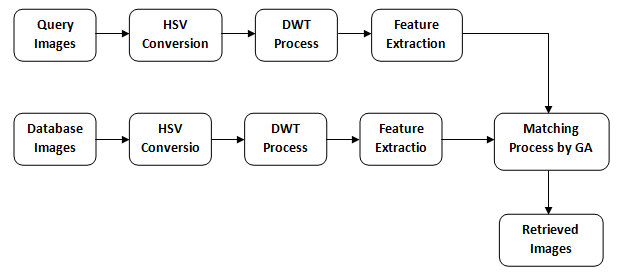
PREPROCESSING
Digital image processing deals with? the manipulation of digital images through a digital computer. It is a subfield of signals and systems but focuses particularly on images. DIP focuses on developing a computer system that is able to perform?processing?on an? image. The input of that system is a digital?image?and the system process that?image?using an efficient algorithm
It allows a much wider range of algorithms to be applied to the input data and can avoid problems such as the build-up of noise and distortion during processing
- Importing the image via image acquisition tools;
- Analyzing and manipulating the image;
- Output in which result can be altered image
Image Pre-processing? is a common name for operations with?images?at the lowest level of abstraction. Its input and output are intensity? images.? The aim of?pre-processing?is an improvement on the? image? or data that suppresses unwanted distortions or enhances some images? features important for further processing.
GLCM:
To create a GLCM, use the? gray matrix? function. The? gray matrix? the function creates a gray-level co-occurrence matrix (GLCM) by calculating how often a pixel with the intensity (gray-level) value? I? occurs in a specific spatial relationship to a pixel with the value? j. By default, the spatial relationship is defined as the pixel of interest and the pixel to its immediate right (horizontally adjacent), but you can specify other spatial relationships between the two pixels. Each element (i,j) in the resultant?GLCM is simply the sum of the number of times that the pixel with value? I? occurred in the specified spatial relationship to a pixel with value?j?in the input image. Because the processing required to calculate a GLCM for the full dynamic range of an image is prohibitive,? a gray matrix? scales the input image. By default,? a gray matrix? uses scaling to reduce the number of intensity values in the grayscale images from 256 to eight. The number of gray levels determines the size of the GLCM. To control the number of gray levels in the GLCM and the scaling of intensity values, using the? Num Levels? and the?Gray Limits parameters of the? gray matrix? function. See the? gray matrix? reference page for more information
DWT
Discrete Wavelet Transform (DWT)
The discrete wavelet remodels (DWT) became superior to using the wavelet rework to the digital international. Filter banks are used to approximate the behavior of the non-prevent wavelet remodels. The sign is decomposed with an immoderate-skip smooth out and a low-bypass clear out. The coefficients of these filters are computed using mathematical evaluation and made to be had to you. See Appendix B for more records about those computations.
2.2 Discrete Wavelet Transform

Where,
LP d: Low Pass Decomposition Filter
HP d: High Pass Decomposition Filter
LP r: Low Pass Reconstruction Filter
HP r: High Pass Reconstruction Filter
Hardware Requirements
- system
- 4 GB of RAM
- 500 GB of Hard disk
SOFTWARE REQUIREMENTS:
- MATLAB 2018b
REFERENCE:
[1] ?Indian agriculture economy.?. Available: HTTP:// statistics times.com/economy/sectorwise-GDP-Contribution-of India. Php
?[2] ?Common rust in maize?, Available: https://www. pioneer.com/home/site/us/agronomy/library/common-Rustin-corn/
[3] Indian Council of Agricultural Research?, Available: https://www.apsnet.org/publications/imageresource/ Pages/Fi00158.aspx
?[4] ? a family of trees? HTTPS:// plant village .psu. edu/ topics/ coconut/Infos
?[5] ?Appropedia?, Available:http://agropedia.iitk.ac.in / content /papaya-diseases-its-control
[6] Prof.Sonal, P.Patil, Rupali, Zambre,?Classification of Cotton Leaf Spot Disease Using SVM,? International Journal of Engineering Research & Applications?, Vol.4, pp.92-97, May 2014
[7] HTTPS:// worldofchillies.com/growing_chillies/chilli_pest problems diseases/chilli diseases/chillidiseases.html
[8] Pragya Adhikari, Yeonyee Oh, Dilip R. Panthee? Current Status of Early Blight Resistance in Tomato: An Update,? International Journal of Molecular Science?, September 2017
?[9] Akansha Pandey, Sanjeev Dubey,? Evaluations of brinjal germplasm for resistance to fusarium wilt disease,? International Journal of Scientific and Research Publications, Volume 7, Issue 7, July 2017
?[10] Gittaly Dhingra, Vinay Kumar, Hem Dutt Joshi,?Study of digital image processing techniques for leaf disease

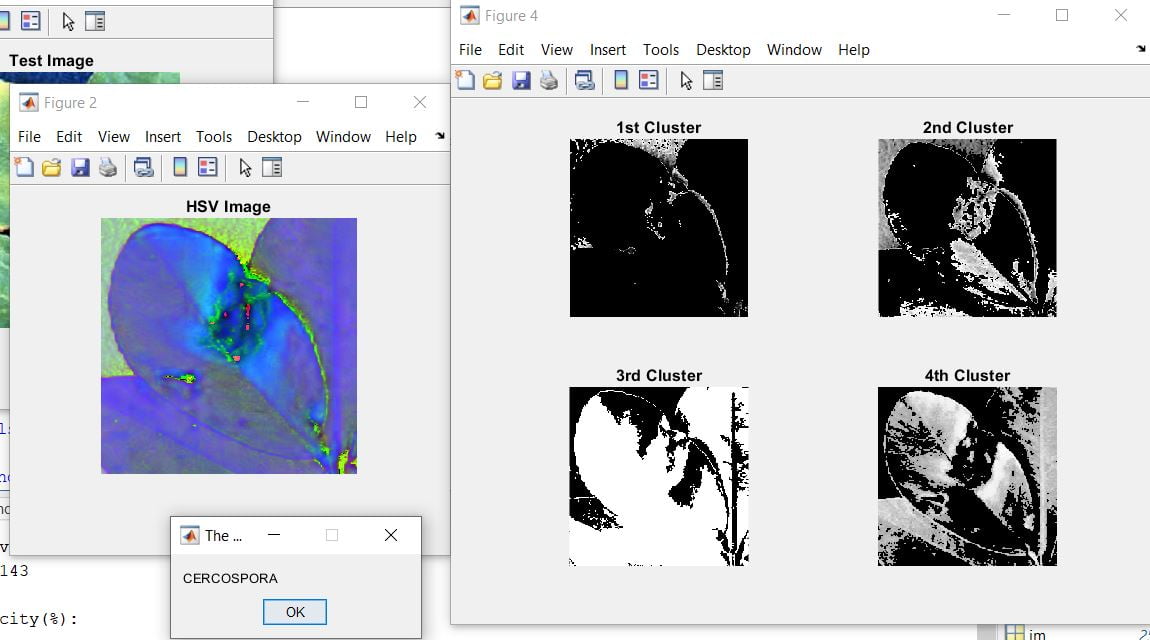
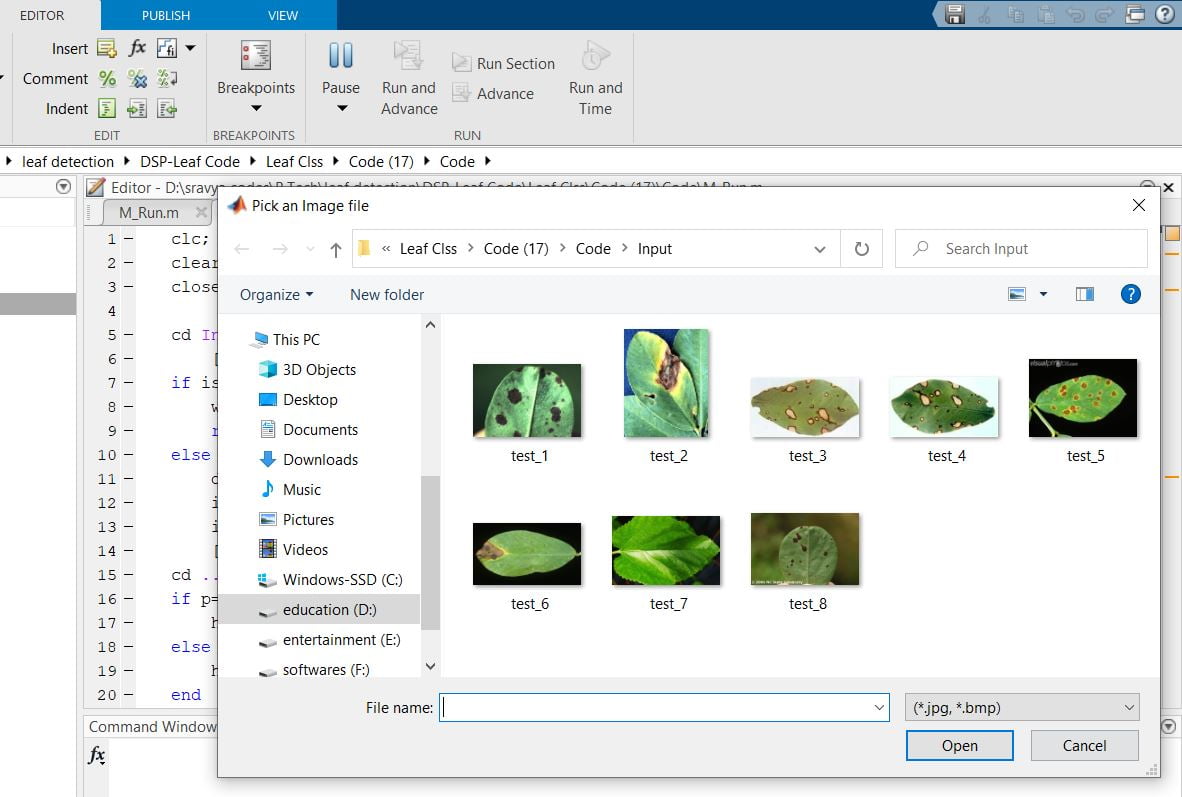
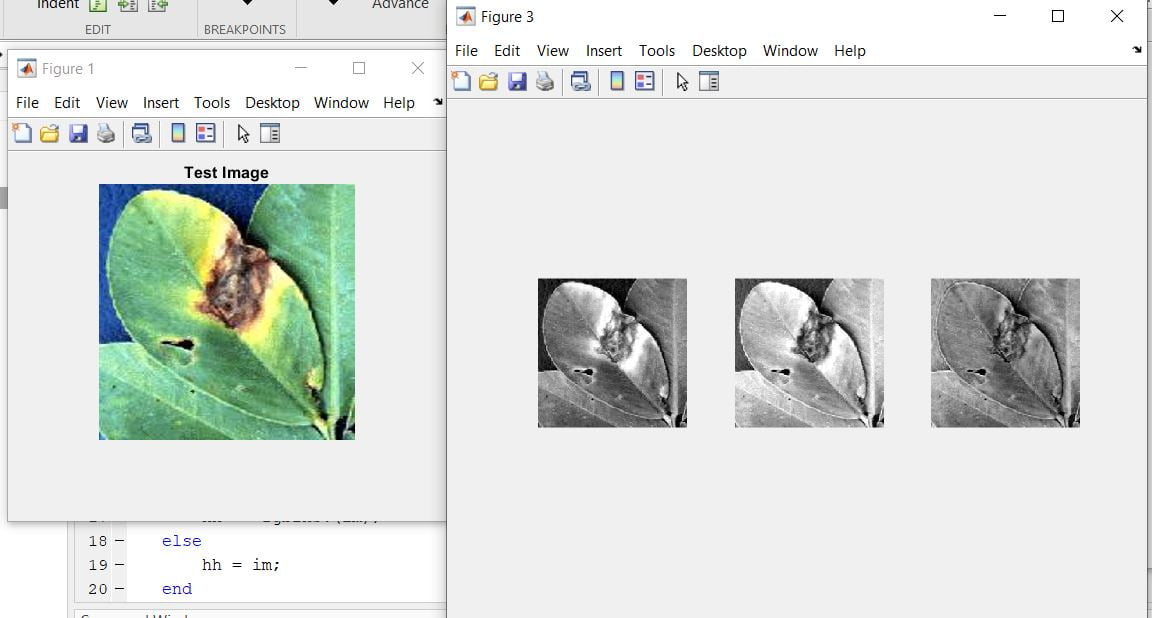


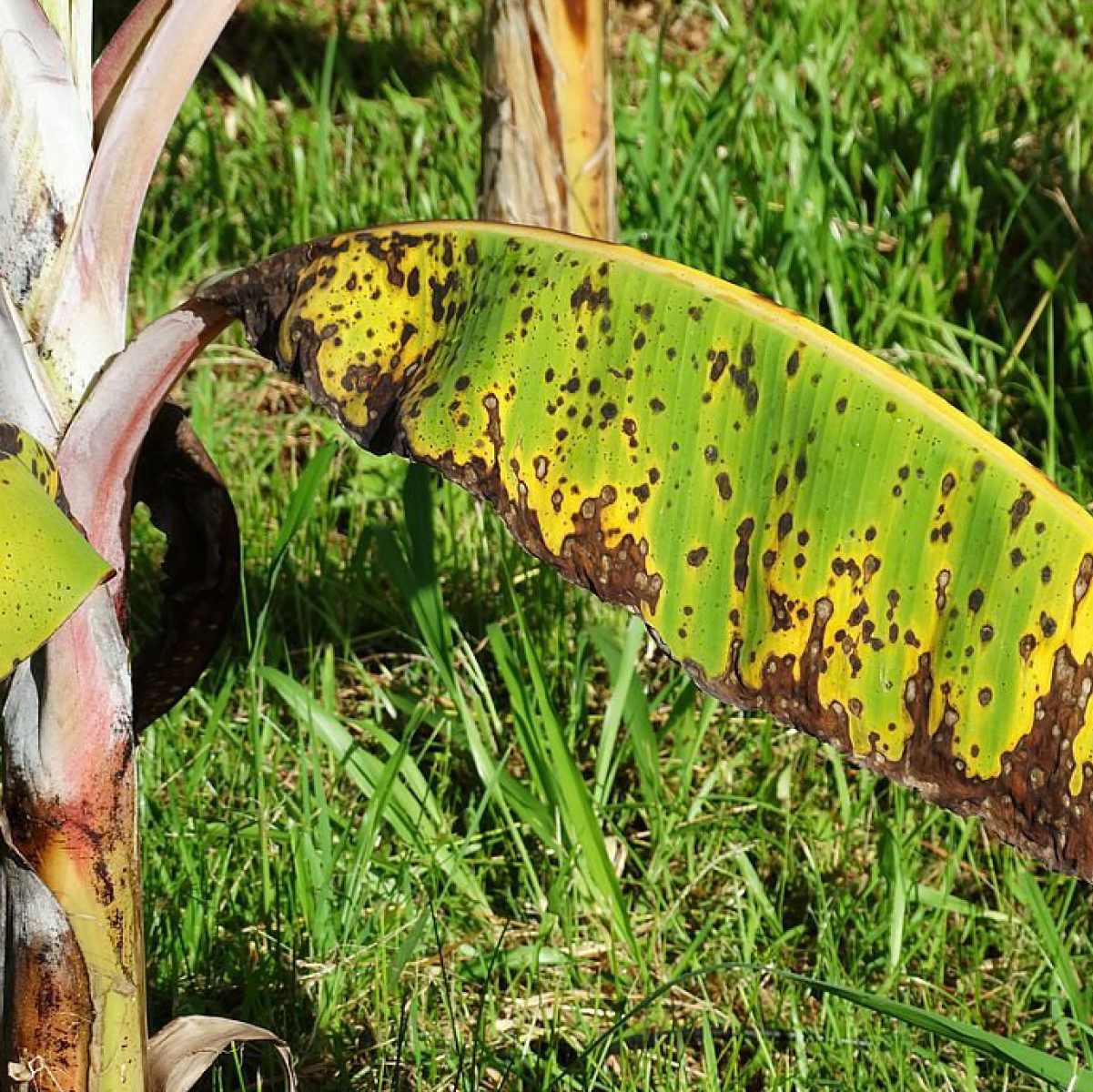































































































































































































































































































































































































































































































































































































































































































































































































































































































































































































































































Customer Reviews
There are no reviews yet.